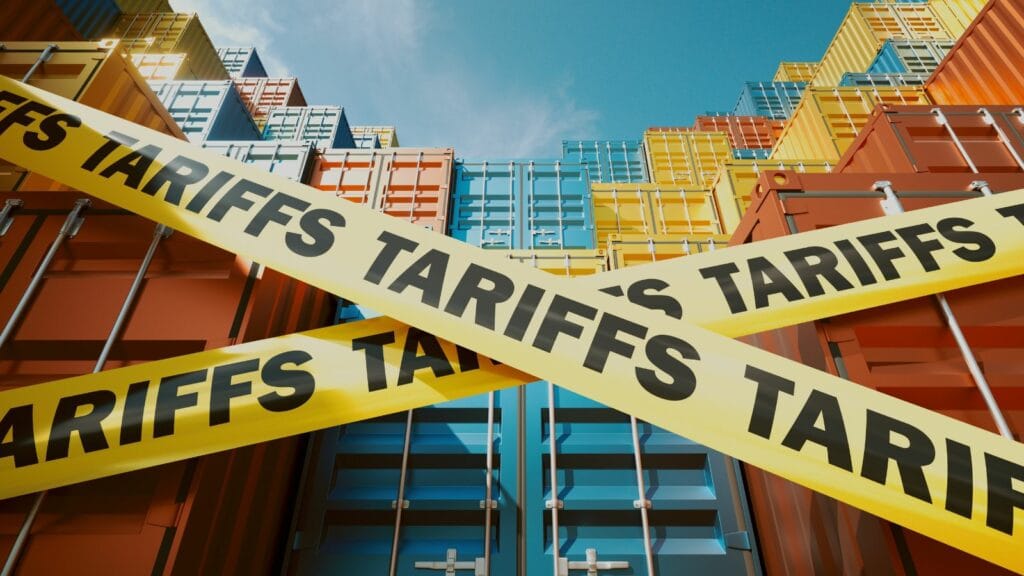Current economic conditions, including potential tariffs on imported vehicles and components, have created additional complexity in the Canadian automotive market. These factors require strategic consideration when making vehicle purchase decisions. Here are 25 practical recommendations for navigating current market conditions,
Know Your Tariffs Like You Know Your Hockey Stats
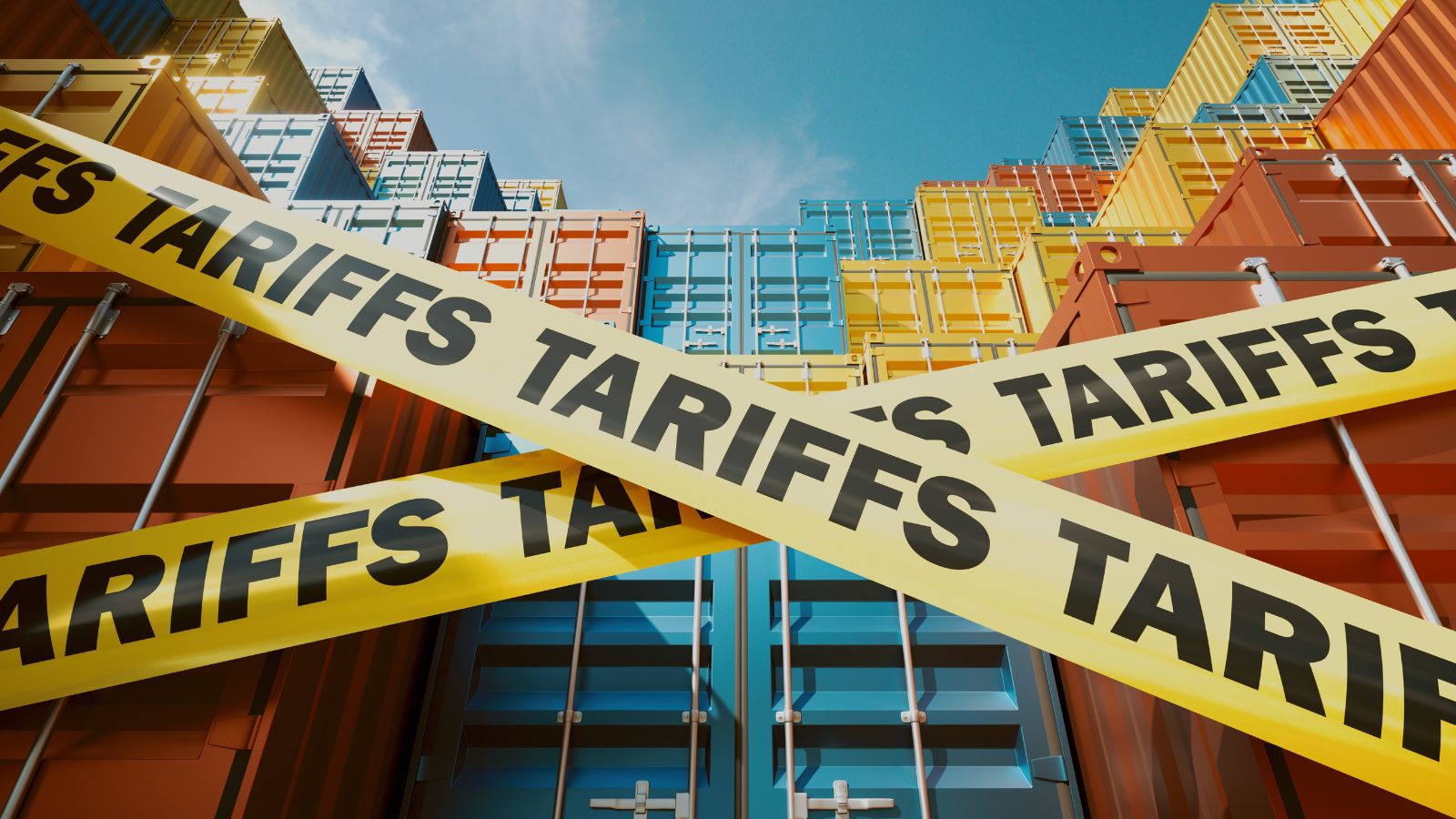
Don’t just nod sagely when someone mentions “10% duties on Asian imports.” Tariffs are the penalty minutes of car buying. Ignore them, and you’ll pay. With Canada considering retaliatory tariffs on Chinese-made EVs and possibly U.S. vehicles (thanks to south-of-the-border protectionism), prices could spike faster than a McDavid slapshot. Stay sharp, like checking a player’s plus-minus, where it’s made matters.
Consider North American-Made Vehicles

Cars built in Canada, the U.S., or Mexico fall under CUSMA (the artist formerly known as NAFTA), so they’re likely to escape the worst of the tariff storm. According to Statistics Canada, nearly 85% of Canadian vehicle production is exported, mainly to the U.S. However, many models sold domestically are also made here. Opting for North American-made cars avoids tariff-induced price hikes and supports local jobs and manufacturing. That Chevy or Ford may not have been your first love, but it’s looking fiscally faithful.
Watch the News Like It’s the Stanley Cup Final
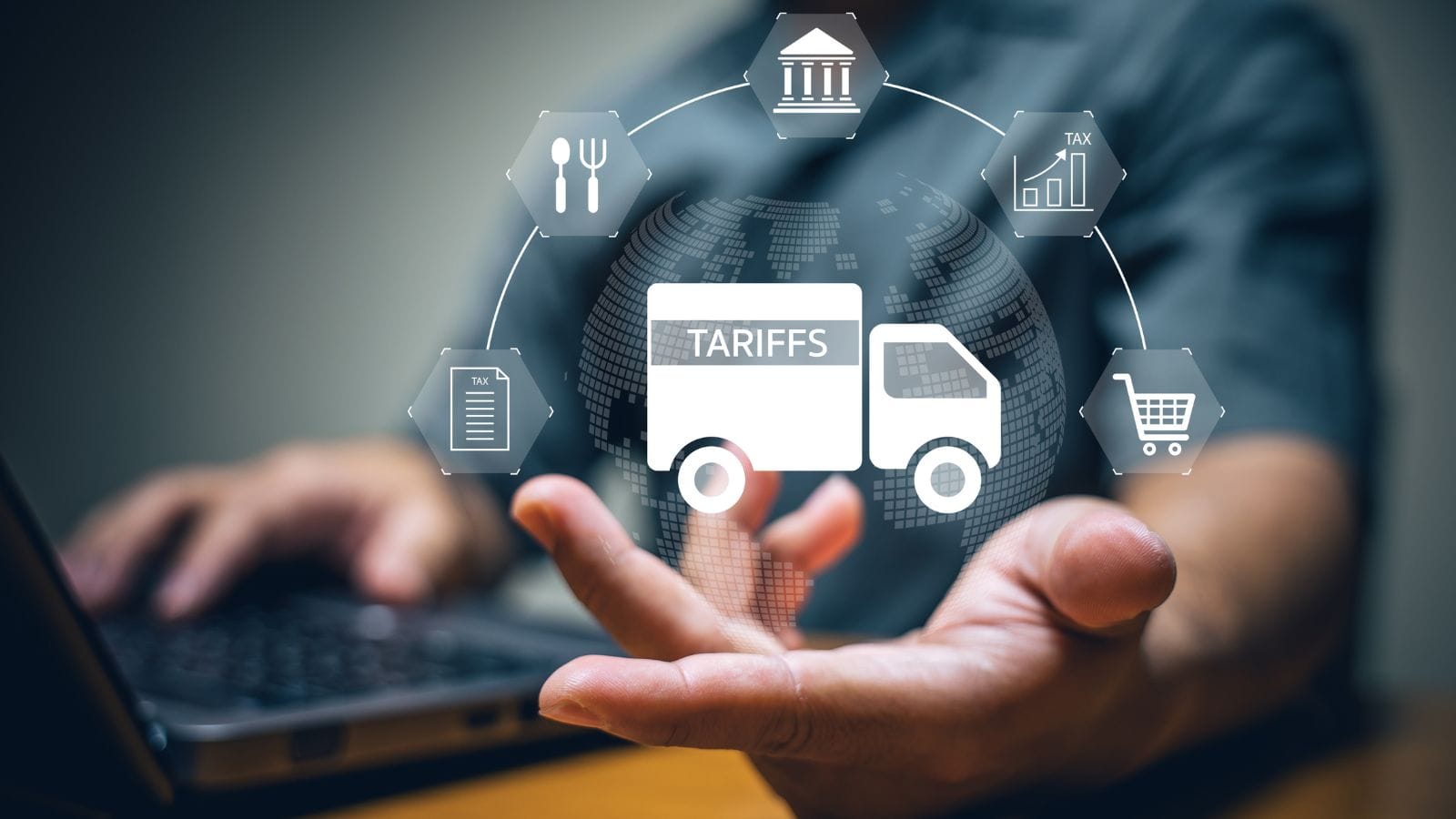
For Canadian car buyers navigating the choppy waters of potential tariffs, staying glued to the news is as crucial as a third-period power play. Tariff decisions can hit fast, like a slapshot from the blue line, and impact vehicle prices overnight. In 2024, talk of imposing a 100% tariff on Chinese EVs had ripple effects across the entire market, prompting some automakers to delay launches or adjust pricing strategies—every update matters, whether it’s federal announcements, trade negotiations, or automaker responses.
Use the Tariff Threat to Negotiate
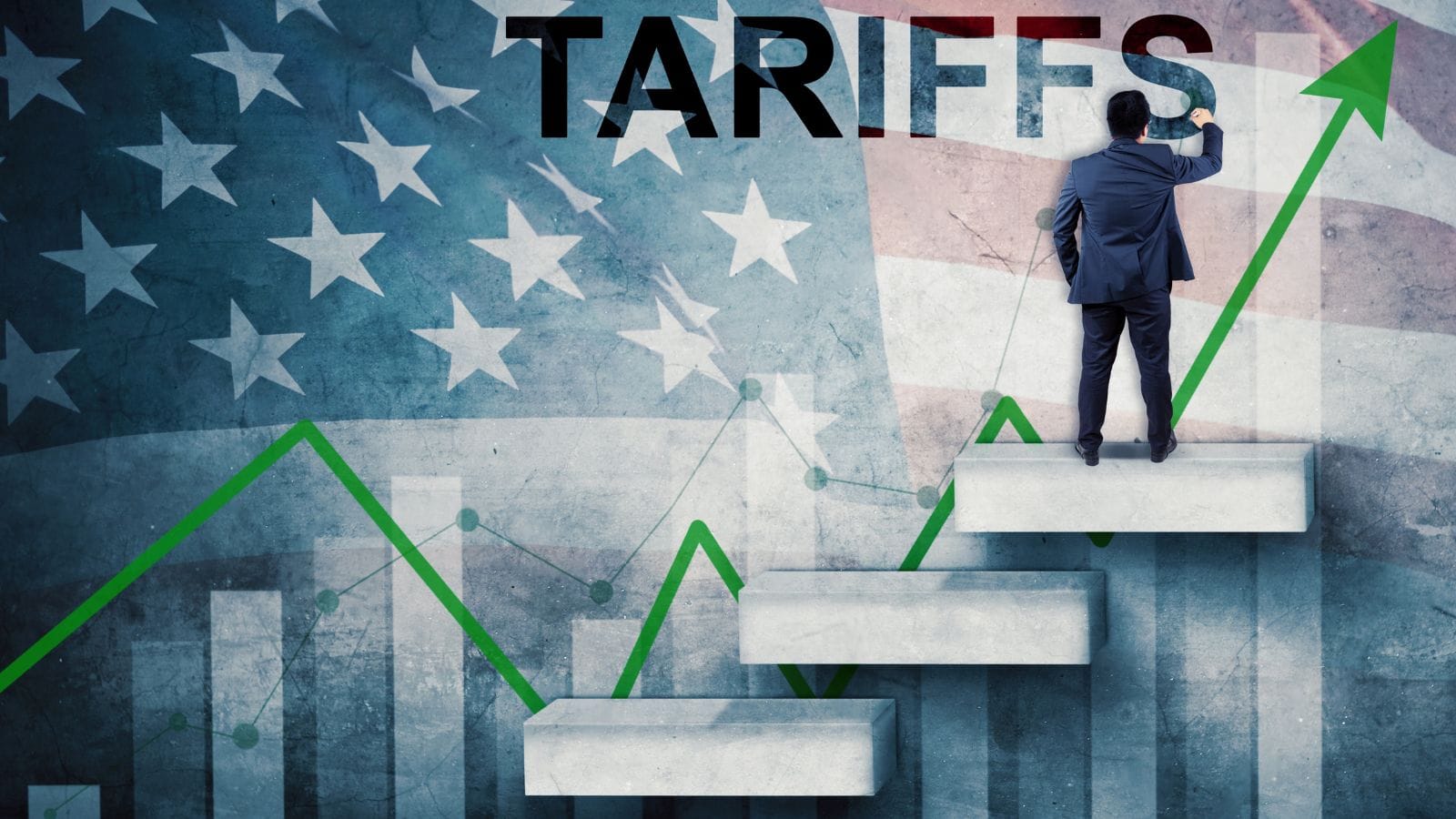
Dealers don’t want to lose your business to panic or paralysis. According to DesRosiers Automotive Consultants, foreign automakers represented over 75% of Canada’s auto sales 2024, so the stakes are high. If you’re flexible on timing, you could ask for price protection or early delivery. Use phrases like, “With potential tariffs, I need assurance on pricing”—it shows you’re informed. Knowledge is your best gear shift in uncertain economic terrain. A savvy buyer today avoids paying a premium tomorrow.
Ask Dealers About Inventory Origins

Not all Toyotas are built in Japan, and not all Hyundais come from Korea. Some are assembled in Alabama or Ontario, which could dodge specific tariffs. Also, dealers may have pre-tariff inventory (vehicles delivered before April 2) exempting these price hikes. Requesting specific stock dates can help identify such options. Additionally, some dealerships offer incentives or discounts on models that are less affected by tariffs. Being proactive in asking about these details can lead to significant savings. Remember, knowledge is power; understanding where and when a vehicle was manufactured can substantially affect the final price.
Understand the Impact on Parts, Not Just Whole Cars

While flashy headlines scream about entire vehicles being hit with tariffs, Canadian car buyers should pay just as much attention to parts. Tariffs on individual components (like batteries, sensors, or infotainment modules) can quietly inflate the price of repairs and routine maintenance. For example, if a Chinese-made EV battery sees a 30% tariff, replacing it could cost thousands more. Ask your mechanic how many of your dream car’s parts come from abroad.
Check for Manufacturer Incentives
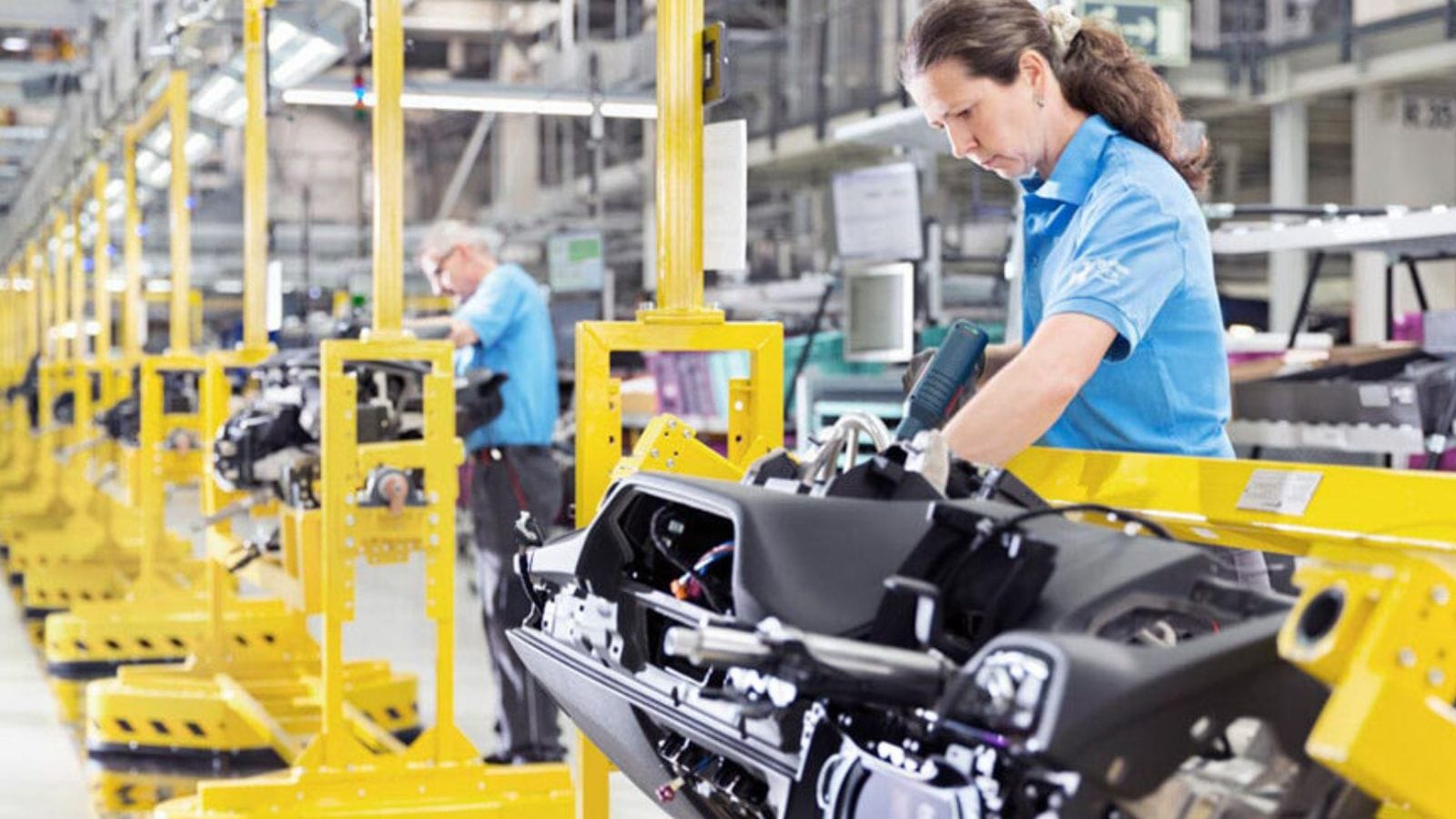
Canadian car buyers should look beyond vehicle prices and explore manufacturer incentives to navigate the current tariff challenges. Automakers have introduced their incentives with the federal ZEV program suspended as of January 2025. For instance, General Motors offers a $5,000 rebate on models like the Chevrolet Equinox EV and Cadillac OPTIQ. Similarly, Ford provides up to $5,000 off the Mustang Mach-E and F-150 Lightning.
Think Pre-Owned—But Carefully
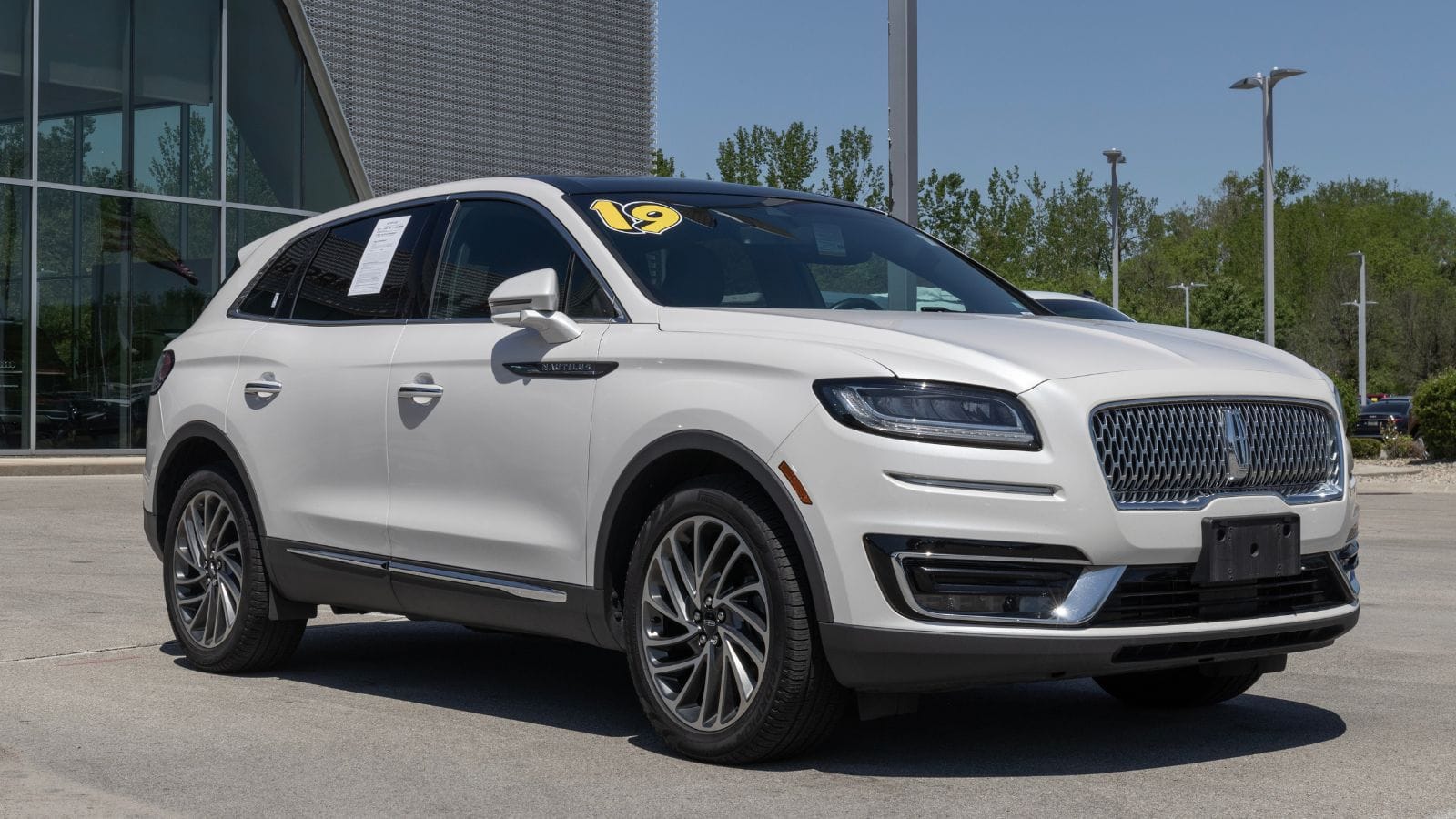
Used vehicles already in Canada aren’t affected by incoming tariffs. However, beware: parts for repairs, especially those sourced from overseas, could also face tariff hikes, making maintenance pricier. Stick to brands with strong domestic parts supply chains: Think Ford, GM, and Toyota with Canadian or U.S. assembly. Before buying, get a full mechanical inspection and check the parts’ availability. A good deal today could become a pricey headache if replacement parts become rare or expensive due to trade disputes.
Leverage the Exchange Rate

If the loonie is strong, American car prices (even with duties) might still be better. Canadian car buyers can outmaneuver potential tariffs by tapping into the power of a strong loonie. When the Canadian dollar gains ground against the U.S. greenback, parts, accessories, and even used vehicles sourced from the U.S. become significantly cheaper. Instead of importing entire vehicles, consider cross-border purchases of engines, transmissions, or high-value aftermarket parts. For example, a 20% stronger CAD can translate into hundreds saved on OEM parts or performance upgrades sourced from the U.S.
Beware of Cross-Border Warranty Woes

If you buy from across the border, read the fine print on warranties. This issue gets murkier amid ongoing tariff debates and rising import costs. Buyers may save upfront but face expensive warranty gaps later. For instance, some popular models like Ford or GM have cross-border warranties, but luxury brands like BMW or Audi often require separate arrangements. Always verify with the dealer or manufacturer and request written warranty terms before importing.
Follow Auto Journalist Analysis

In light of these tariffs, many consumers turn to used vehicles, which remain unaffected by the new import taxes. Additionally, some automakers are shifting production to North America to mitigate tariff impacts, potentially offering more affordable options in the future. To further navigate these challenges, buyers should consult resources like Consumer Reports for strategies for saving money amid rising car prices. Staying informed and flexible in vehicle choices can help consumers manage costs during this turbulent period.
Get Pre-Approved Financing
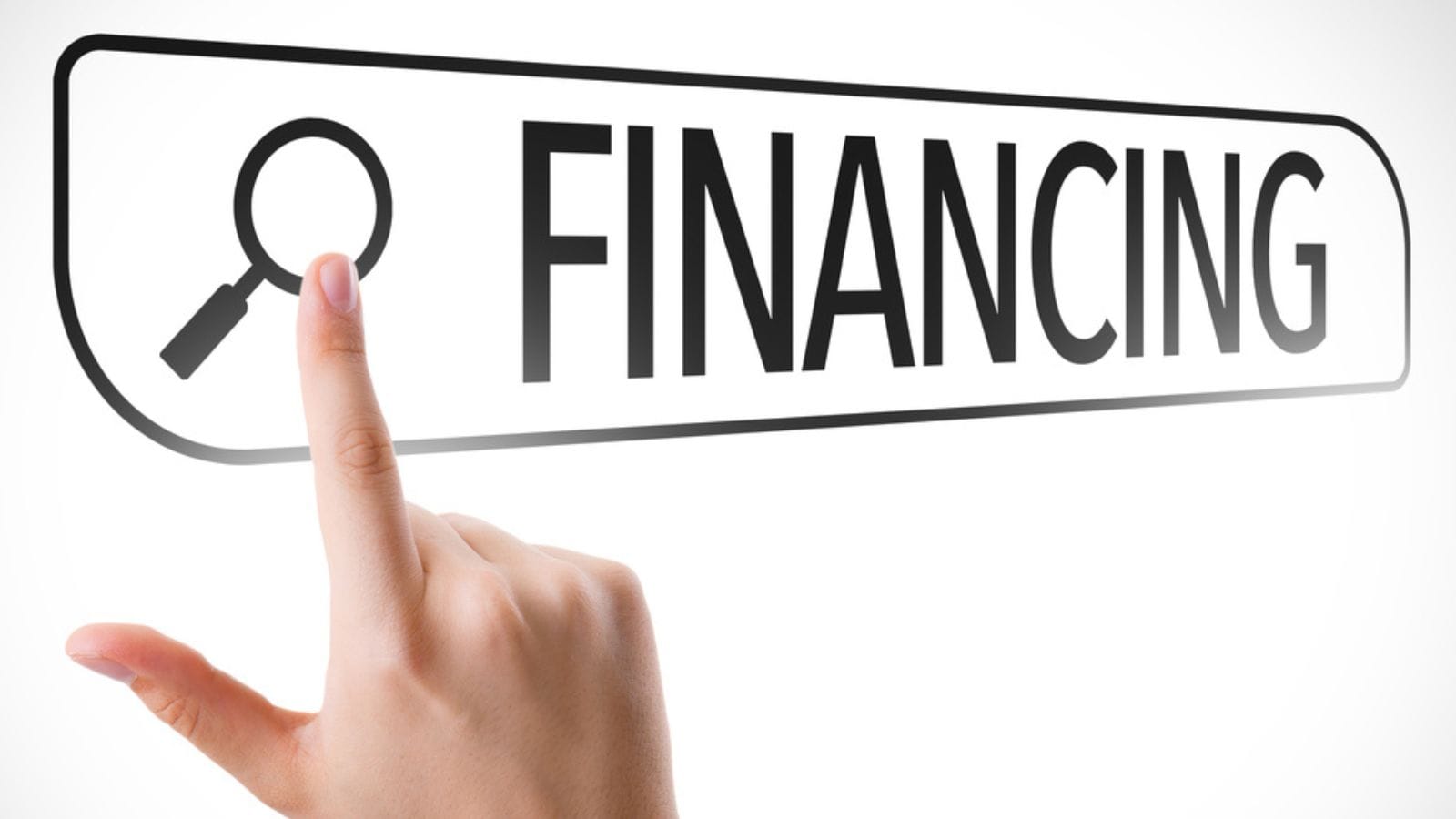
Interest rates might rise if tariffs fuel inflation. Get pre-approved now to lock in lower rates. Pre-approval offers several advantages: it clarifies your budget, enhances negotiation power, and locks in interest rates before potential increases. With tariffs tightening inventory and elevating costs, a pre-approved loan allows you to act swiftly on pre-tariff deals, especially for Canadian-built vehicles exempt from these duties.
Join Auto Forums and Social Groups
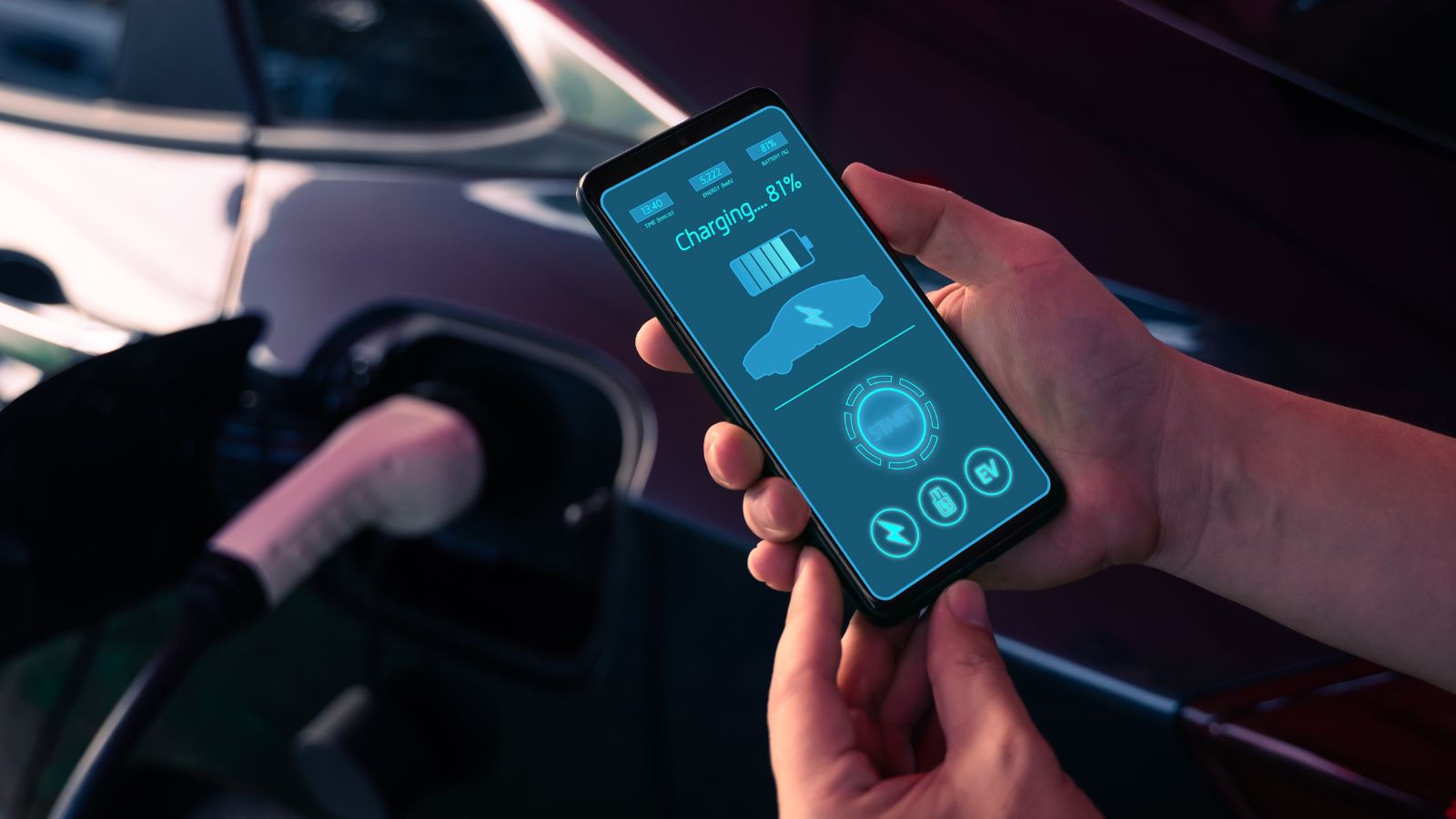
When tariffs loom like potholes on a springtime road, Canadian car buyers need all the insight they can get. Auto forums and social groups—like RedFlagDeals Automotive, Canadiandriver, and brand-specific Facebook communities—can be goldmines of up-to-date, ground-level info. These platforms buzz with alerts about price hikes, dealer markups, import workarounds, and incentives that aren’t widely advertised. For instance, during past trade scuffles, members of Tesla Owners Online shared firsthand updates on pricing changes before they were even reflected on official sites.
Don’t Panic-Buy

Before you sprint to the dealership like it’s Black Friday on wheels, take a breath. Canada’s potential tariffs on Chinese EVs and retaliatory rumblings may hike prices, but not overnight. In 2023, 1 in 5 cars sold in Canada were electric, and China is a major player in that market. However, current tariffs won’t affect every model immediately. Dealers still have inventory, and some brands (like Tesla or Hyundai) aren’t made in China anyway. Plus, the feds are eyeing incentives and regulations to keep things sane.
Time Your Purchase Strategically

End-of-quarter or model-year clearance sales are still a thing. Thanks to tariffs that flip-flop more than a politician in an election year, timing your purchase can save you a loonie or a thousand. For example, after the U.S. slapped tariffs on aluminum and steel (2018), prices on Canadian-made cars subtly rose, like your uncle’s blood pressure during hockey playoffs. Dealers often sweeten the pot at fiscal year-end (around October) or during Boxing Week brawls. AutoTrader says discounts spike when new models roll in, usually in late summer.
Ask About Dealer Fees

In Canadian car shopping, dealer fees are the sneaky loop-the-loops. These “documentation,” “admin,” or “freight and PDI” charges can tack on hundreds to over $1,000 to your final bill (Transport Canada warns about these). And no, they’re not federally regulated—dealers set them, not the car gods. Think you got a great deal? Think again. Ask what’s included and what’s optional. Many of these fees are negotiable even if your dealer insists otherwise while dodging eye contact.
Don’t Assume Electricity = Exempt.

EVs from countries under scrutiny (cough, China) could face steep tariffs. In 2023, nearly 1 in 5 EVs sold in Canada were from Chinese brands or assembled there. That bargain BYD may look sweet, but don’t let sticker shock hit after the dealership. And no, even Teslas aren’t safe—Model 3s assembled in Shanghai may get slapped, too, depending on how policies shake out. So before buying, check that VIN, research the supply chain, and maybe steer toward North American or EU-built models to dodge surprise fees.
Protect Against Price Creeps with Purchase Agreements
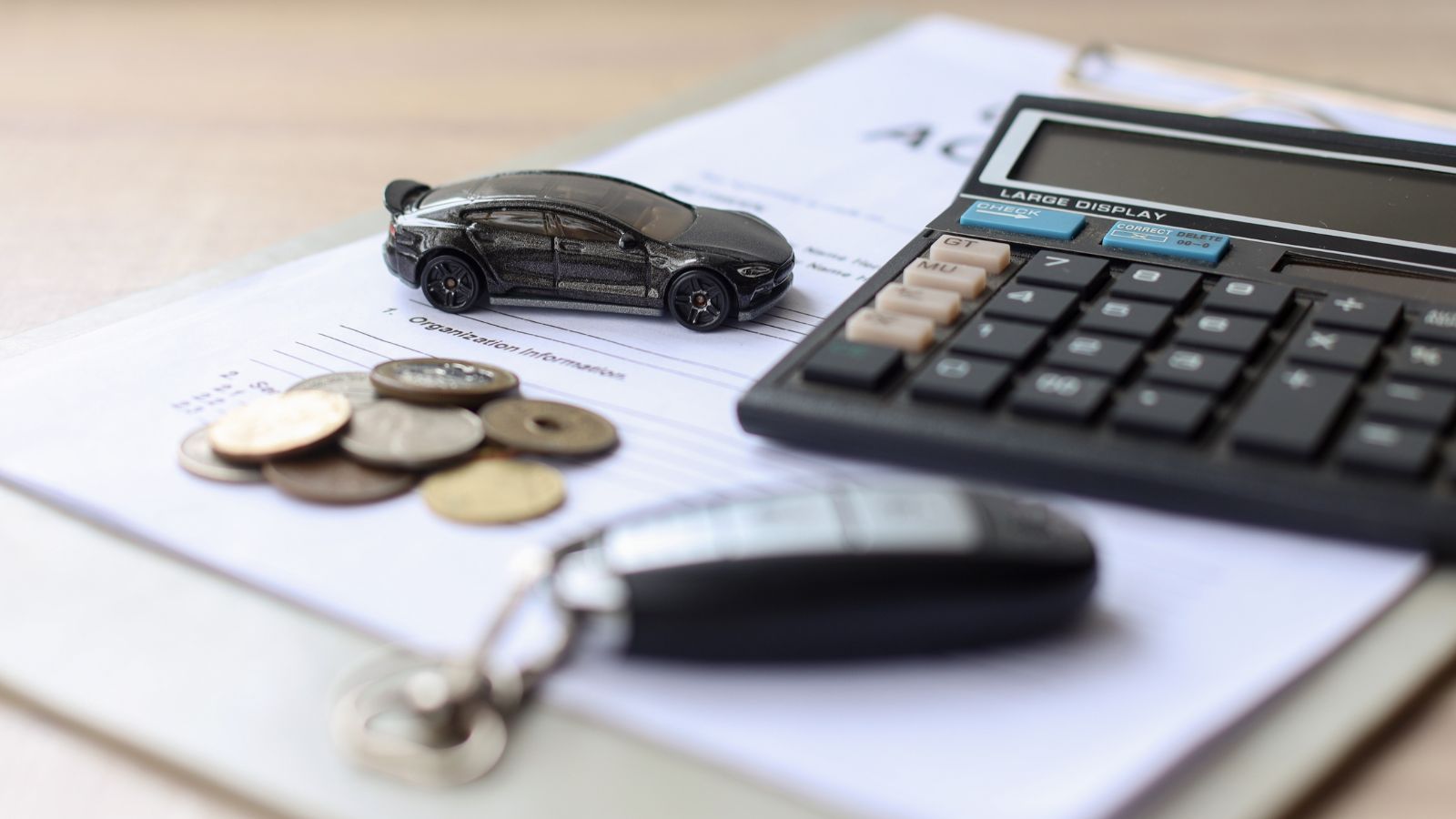
Tariffs got your head spinning like a hubcap on the 401? Here’s your life raft: the purchase agreement. In Canada’s ever-shifting automotive market, where trade tensions can cause sticker shock faster than a Tim Hortons drive-thru line, locking your car price in writing is crucial. A signed agreement ensures you don’t get blindsided by “market adjustments” or sneaky fees later. According to the Automobile Protection Association, this document legally binds the dealership to the agreed price, even if tariffs hike costs before delivery.
Keep Your Old Car in Fighting Shape
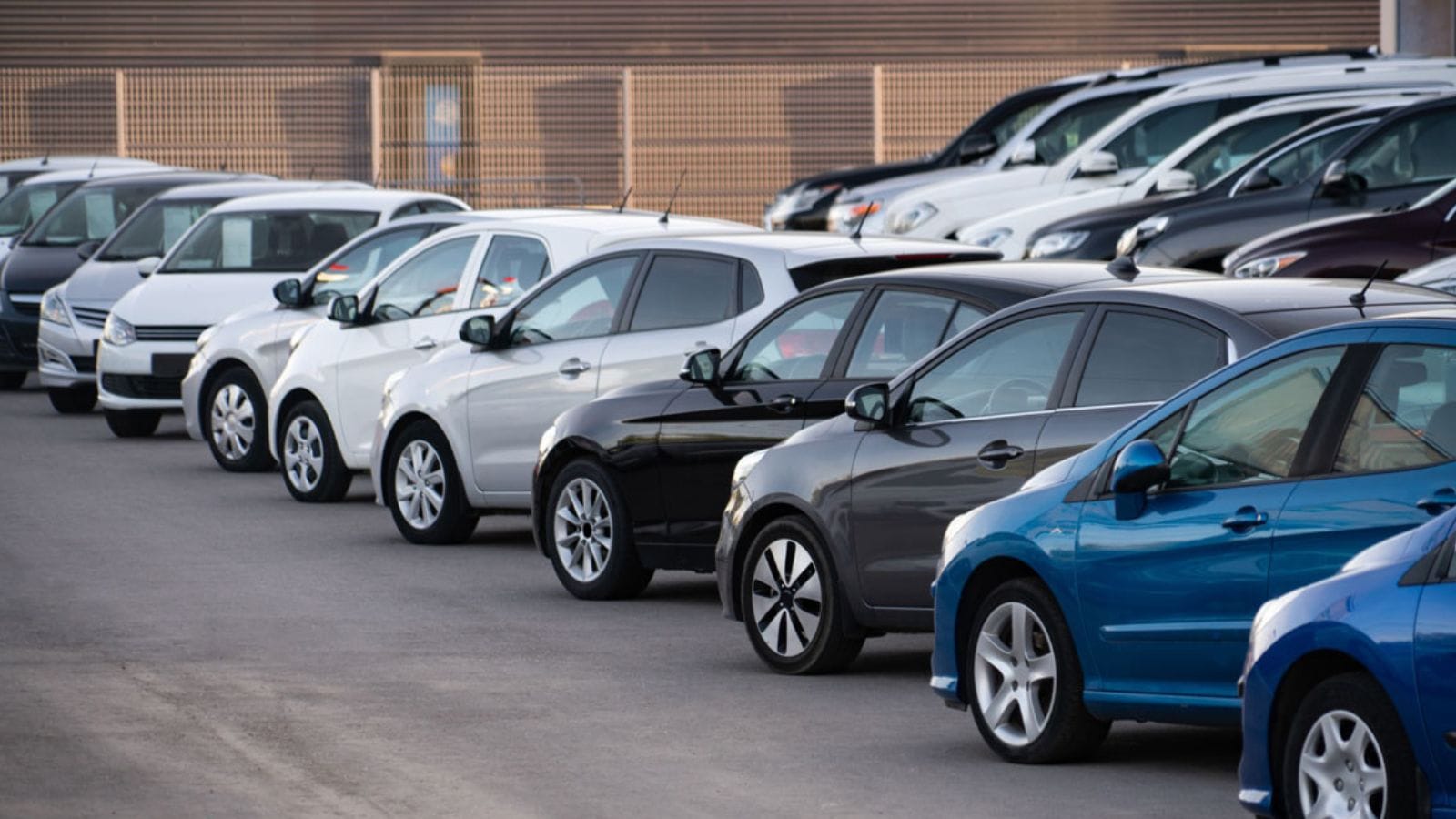
With tariffs driving up new car prices like a maple syrup flood in spring, hanging onto your trusty old ride is the savvy Canadian move. That 2012 Corolla? It’s not just a car but a financial strategy. According to AutoTrader, used car prices surged 28% since 2021, while new ones come with delays longer than a Tim Hortons lineup on Monday morning. Instead of dropping $45K on a new SUV, invest in maintenance: regular oil changes, brake checks, and maybe splurge on some premium windshield washer fluid. The CAA says proper maintenance can extend a vehicle’s life past 300,000 km.
Consider Subscription Models

Programs like Volvo’s Care or Porsche Drive offer short-term subscriptions. With subscription services, you’re not stuck with a $50,000 sedan that might suddenly cost $60,000 thanks to a steel tariff. Plus, they often bundle insurance, maintenance, and registration—fewer bills, more chill. According to KPMG Canada, these models are gaining traction as consumers crave flexibility. And with import duties potentially fluctuating post-2025, subscriptions give you an escape hatch if things go sideways.
Explore Canadian-Made Auto Accessories
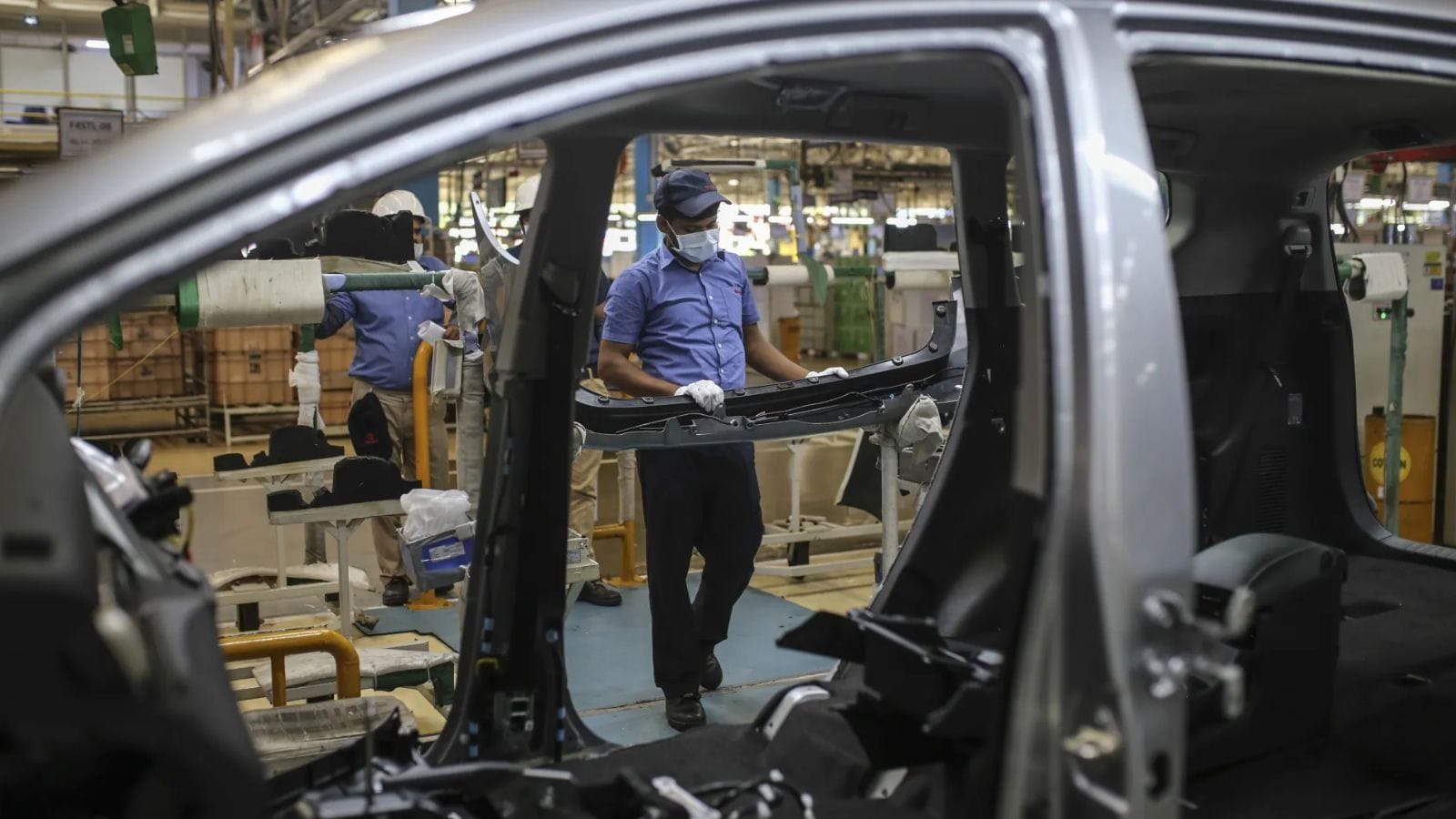
Dodging tariffs these days feels like dodgeball with a moose — unpredictable and slightly dangerous. That’s why savvy Canadian car buyers are leaning into locally made auto accessories. From WeatherTech mats (made in Ontario!) to rugged tonneau covers and seat warmers built for real winters (yes, even Saskatchewan ones), Canadian-made gear means supporting the local economy and avoiding international price hikes.
Talk to an Import/Export Broker

Feeling seasick from tariff tides? Talk to an Import/Export Broker. With tariffs revving up unpredictably (remember the 25% U.S. threat on autos in 2019?), these brokers know how to steer clear of icebergs like surprise duties, customs paperwork, and compliance curveballs. They’ll help you dodge hefty import fees, ensure your dream wheels meet Canadian safety standards (hello, Transport Canada!), and even finesse currency exchange timing better than your cousin Dave, who “invests” in crypto. Moral of the story: before importing that slick ride, phone a broker.
Use Car Price Trackers
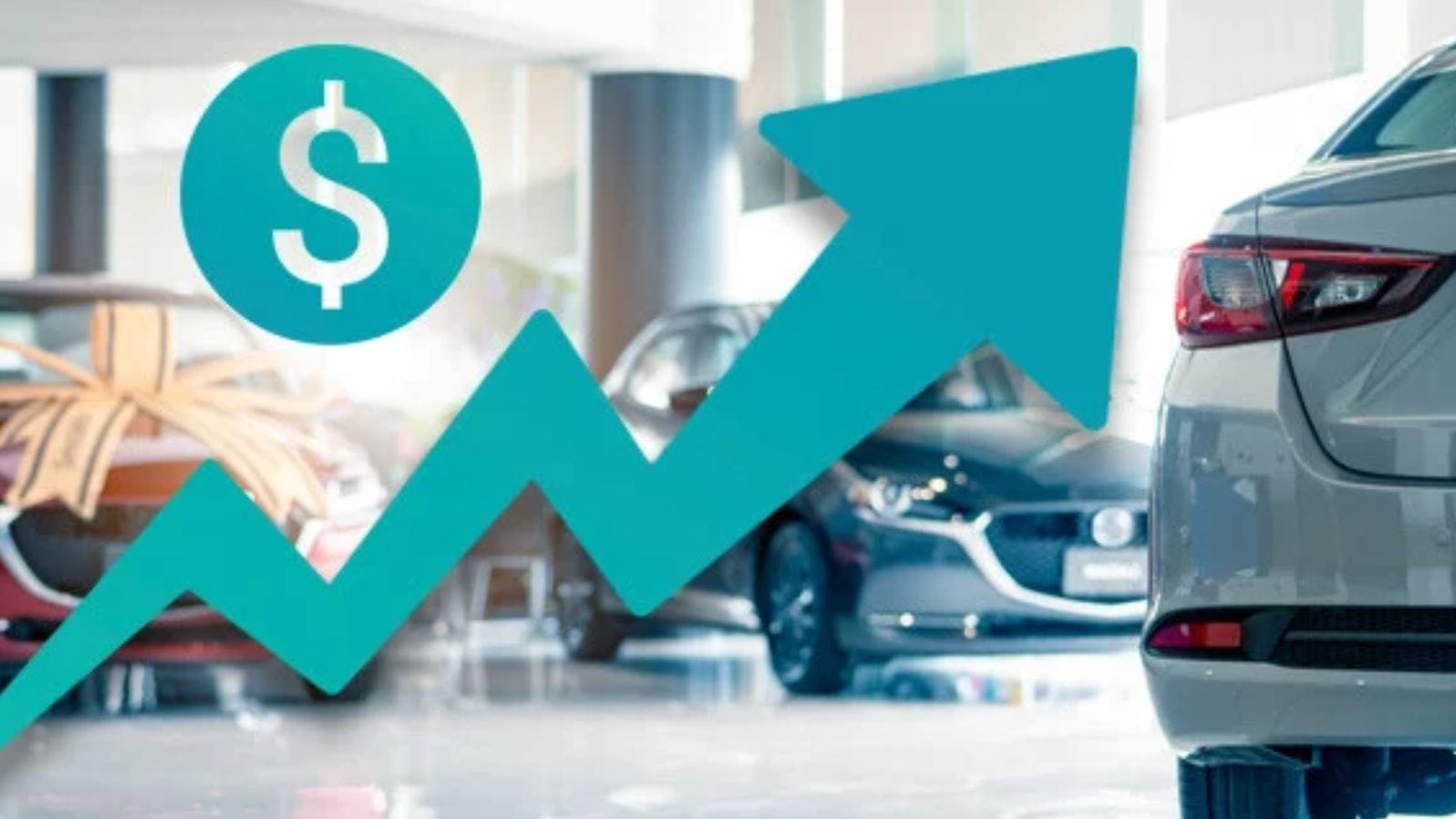
Sites like CarCostCanada, Unhaggle, and AutoTrader’s Price Tracker let you monitor real-time market shifts, dealership discounts, and manufacturer rebates. Also, with tariffs on parts from abroad (hello, 6.1% on non-NAFTA vehicles) and fluctuating import duties post-2020 USMCA, it’s no wonder prices are more unpredictable than a squirrel on espresso. So, consult a tracker before you empty your wallet faster than a Civic hits 100 km/h because nothing says “smart Canadian shopper” like outwitting tariffs with a browser tab.
Think Long-Term Resale Value

Tariffs might distort today’s prices, but consider how they’ll affect resale. Why? Because a high resale value means that when you decide to sell, you won’t lose half your paycheck to depreciation and tariff inflation. For example, brands like Toyota and Honda traditionally keep their value better than that one flashy sports car you impulsively bought after maple syrup tasting. Also, according to the Canadian Black Book, Hondas lose about 35% of their value over five years, while some less popular brands can lose over 50%.
Advocate and Stay Informed
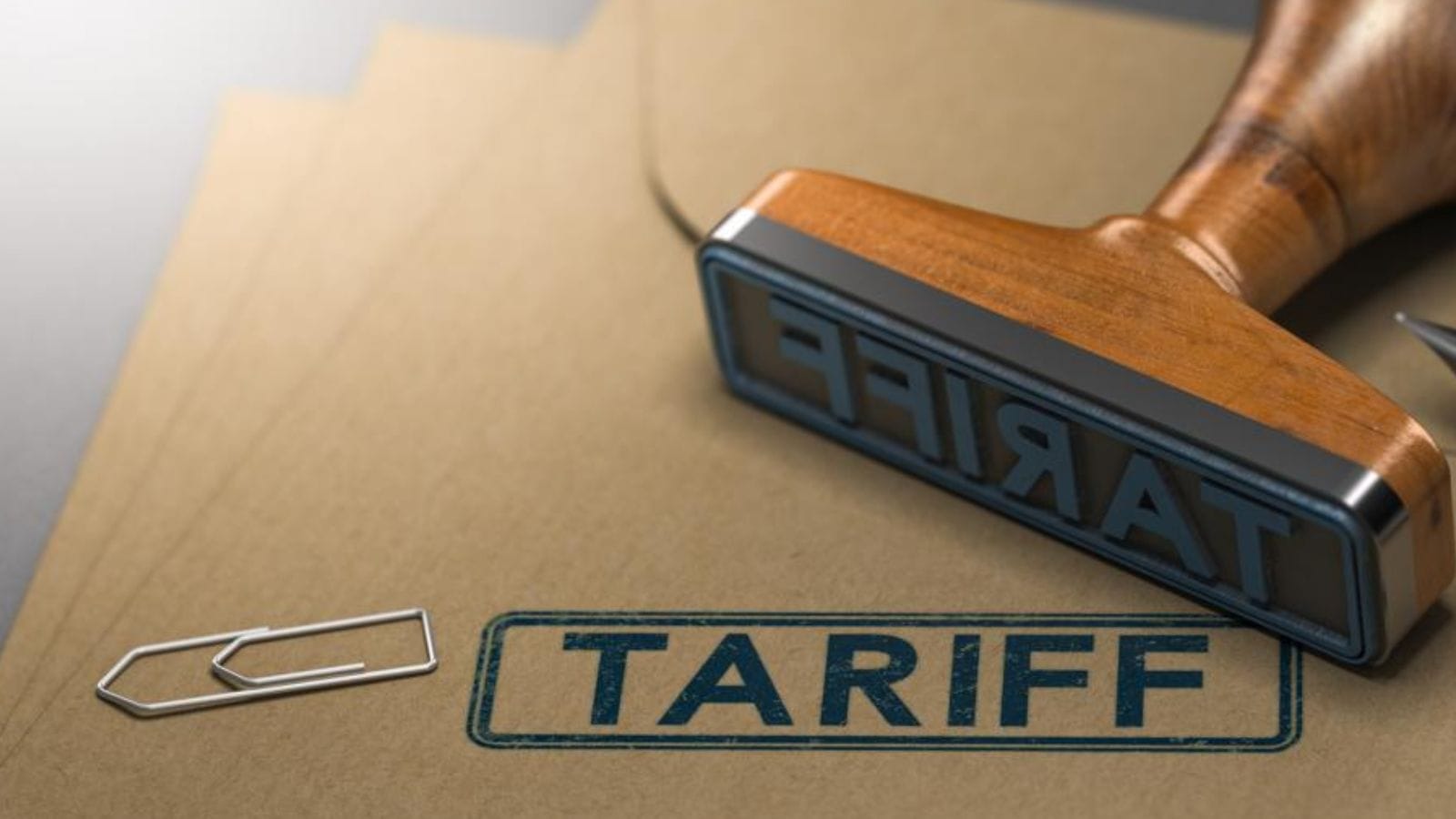
Alright, fellow car hunters of Canada, buckle up! With tariffs twisting like a moose on a skateboard, your wallet might feel the pinch when importing that shiny ride. Since 2018, tariffs on some U.S. cars have bounced between 0% and a spicy 25%, thanks to trade drama like the USMCA shuffle and steel & aluminum tariffs. So, before you sign on the dotted line, channel your inner policy nerd: check the latest tariff news from Canada’s Global Affairs website or the Canada Border Services Agency. Knowing your stuff lets you avoid surprise fees.
22 Times Canadian Ingenuity Left the U.S. in the Dust

When people think of innovation, they often picture Silicon Valley. However, Canada has a history of innovation, too. Whether it’s redefining sports, revolutionizing medicine, or just showing America up at its own game, Canadian inventors, thinkers, and dreamers have had their fair share of mic-drop moments. Here are 22 times Canadian ingenuity left the U.S. in the dust.
22 Times Canadian Ingenuity Left the U.S. in the Dust
